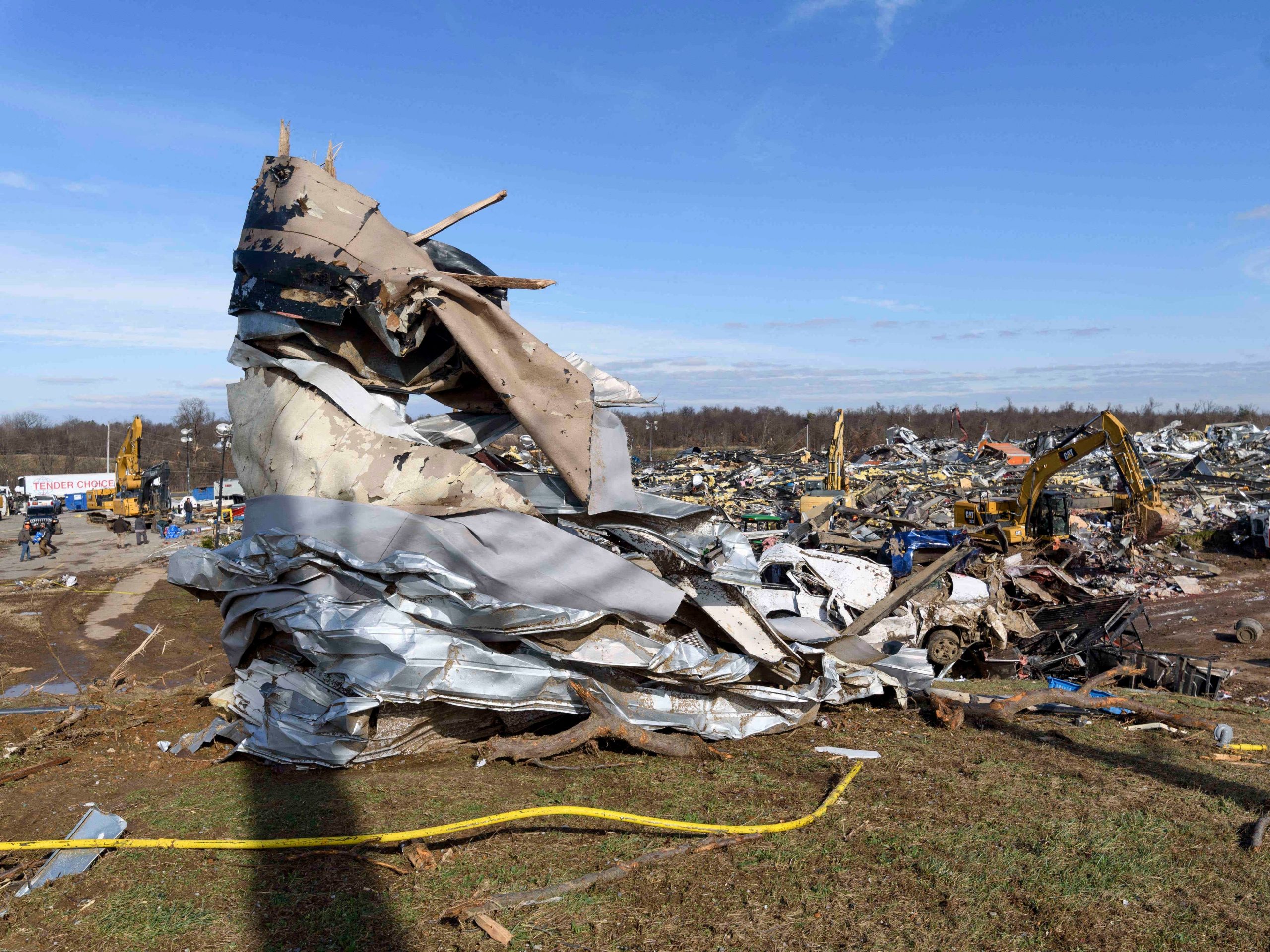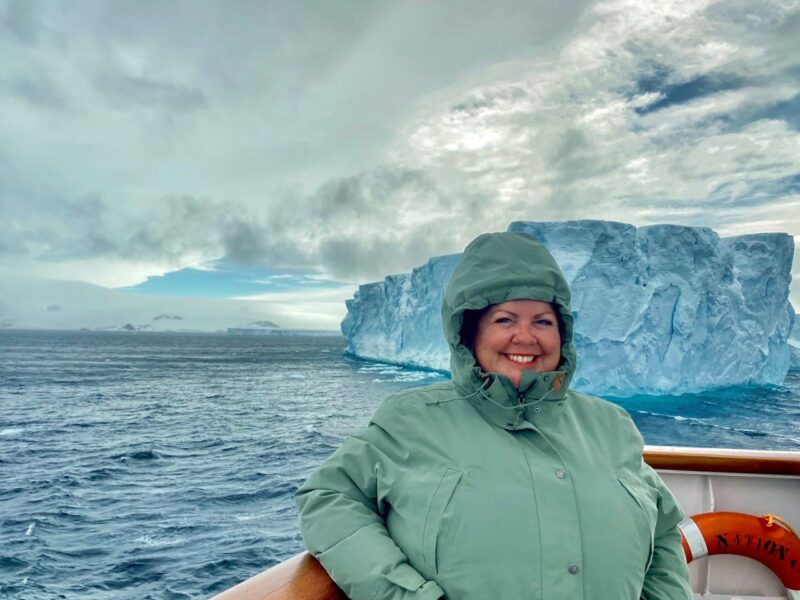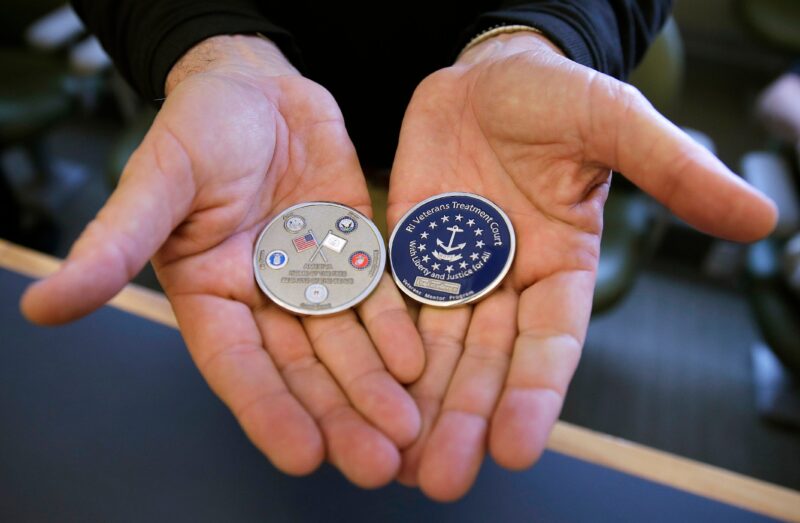
- Tornadoes in six US states damaged industrial facilities, rail lines, and killed at least 90 people.
- The rare December storms highlighted the growing risk of climate change to supply chains.
- Data shows extreme weather and natural disasters have become more frequent and intense since 2000.
A massive storm caused dozens of tornadoes to rip through six midwest states this weekend. Authorities say the extreme storms were responsible for at least 90 deaths, and dozens of people are still being searched for. Their out-of-season timing in December has wide-ranging repercussions for supply chains and risk management.
As severe weather becomes more common, no matter the month, organizations have been forced to prepare for more frequent and severe natural disasters across the US. The annual cost of disruptions to supply chains from natural disasters has risen to $95 billion in 2020. The frequency and intensity of weather and climate disaster events costing over $1 billion each have also grown since 2000. There were 22 events in 2020, a new record.
Industrial facilities affected by the tornadoes include a candle-making factory in Mayfield, Kentucky, and the collapse of an Amazon warehouse in Edwardsville, Illinois. Both were operating night shifts in response to an increase of holiday orders, and have been criticized for doing so during inclement weather.
Supply chain disruptions caused by unseasonal weather touch every industry. Extreme heat, lower rainfall, and insect outbreaks have been linked to negative impacts on the availability of major food crops, manufacturing, the transportation of goods, and employee productivity. But the disruptions from the tornadoes worsen supply chain issues that were already strained due to the COVID-19 pandemic.
To be clear, experts say the growing risk of climate change on supply chains will likely mean higher costs and prices. This is due to a rise in the probability of severe weather events and disasters each year, capable of damaging existing manufacturing facilities and other assets. Lower yields for many crops from wildfires, drought, and pests could raise commodity prices and insurance prices. Supply-chain disruptions also became much more common during the COVID-19 pandemic, including several Fortune 500 companies.
According to a 2020 sustainability report from the consulting firm McKinsey, the companies that should be the most concerned about the risk of climate change on their supply chains are the ones that specialize in specific materials, products, or geographic regions. For example, the likelihood of an intense hurricane capable of disrupting the supply chains for semiconductor chips — a key component in many types of electronics — may grow two to four times by 2040.
Companies like Mars who are concerned about the risk of climate change on their supply chains have become much more proactive and willing in to invest in mitigation efforts on a long-term basis. The multinational behind brands like Pedigree and Snickers has transitioned to renewable energy for its offices and manufacturing facilities. But it is also working to manage the effects of drought and extreme weather in places like Western Africa, where many of its key ingredients are grown.
Earlier this year, chief procurement and sustainability officer Barry Parkin told Insider the approach is now an integral part of the company's global business model. "We have to work on everything," he said.










